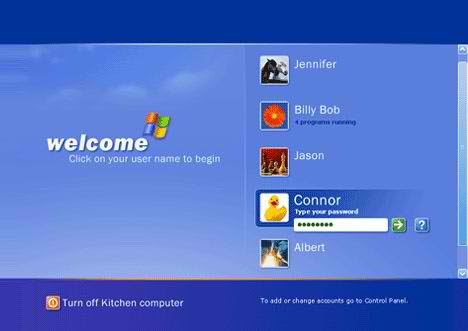

In 2020 alone, roughly 75 percent of organizations received some kind of phishing email, although most were not successful.Īnd this is just the data on phishing attacks – 92 percent of all malware is delivered via email. They then mislead you so you will provide your password, phone number, or other personal information.Įmail attacks are much more common than many people realize. More sophisticated hackers will often pose as a website or app that the recipient already interacts with on a regular basis. These hackers will often pose as a person or organization in need of support and manipulate you into providing their personal information. Hackers have gotten incredibly creative with phishing scams in recent years, and it can sometimes be difficult to tell what is a scam and what is real. You also put yourself at risk by replying to emails from people you don’t know or trust. These sites will often trick you into providing your username and password for these platforms, which they can use to steal your identity. These links can also take you to a site that mimics a popular social media platform or financial app. These links can take you to a website that results in an involuntary malware download or some other form of digital tracking. Keep in mind that images are also attachments and can contain malware.Ĭlicking a link in an email from a hacker can also have serious consequences. This malware can damage your systems and even compromise sensitive information like your passwords, bank account information, location, and more. Hackers can hide viruses, ransomware, and other types of malware in these pieces of media. The thing that puts you at the biggest risk of being hacked is opening an attachment in an email message. This typically happens when an email allows scripting, which allows the hacker to insert a virus or malware directly into the email. There are some types of emails that can cause damage immediately upon opening, but if you know what to look for, you’ll usually be able to avoid them.


So can opening an email really get you hacked? Here’s what you need to know. Hackers have become increasingly savvy in recent years, and their attempts to access your information have become more sophisticated and covert. So much of our personal and professional communication these days is online, and you’ll want to make sure you’re safe while accessing your email account. The average office worker receives over 120 emails per day.


 0 kommentar(er)
0 kommentar(er)
